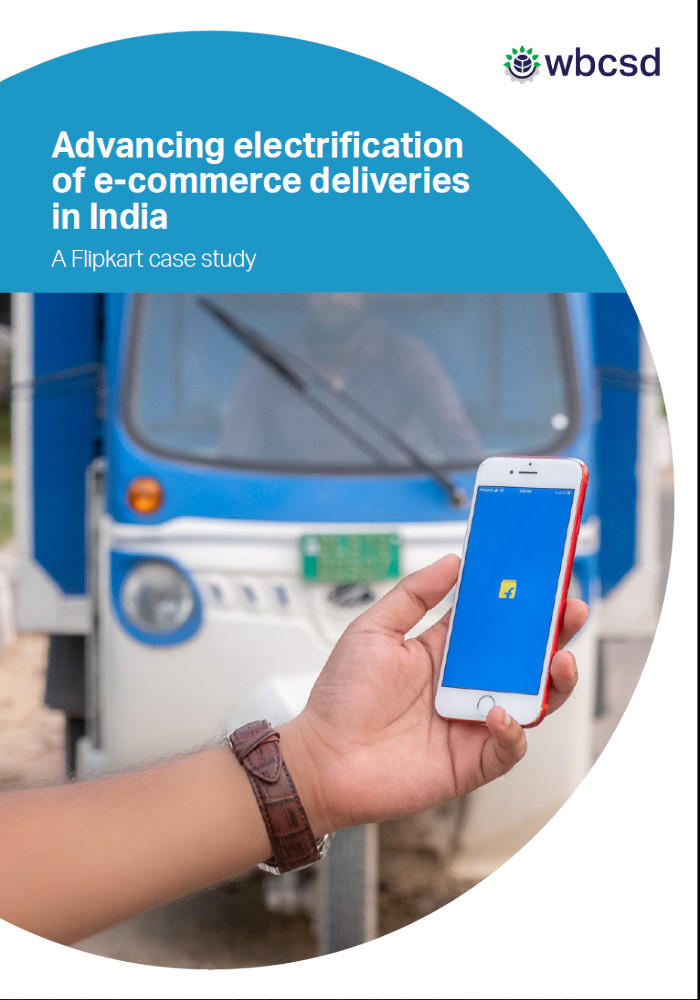
The past decade has seen unparalleled growth in e-commerce buying both in India and globally. The market in India has grown 35 times since 2011.
Mobility is central to e-commerce business operations. To meet the growing demand, e-commerce companies in India will have to deploy over 160,000 new vehicles (of all sizes, ranges and payloads) in this decade. This rapid growth in e-commerce operations, powered primarily by fossil fuels, has vast implications for India’s energy use, carbon emissions and air quality in cities.
Flipkart, India’s homegrown e-commerce leader, is one of the first players to commit to transitioning to 100% electric vehicle (EV) fleets by 2030, and it has signed up right-sized EVs for delivery use cases for the global EV100 initiative. Its journey towards electric mobility adoption started with a pilot in 2017 and now forms a vital part of its business strategy and sustainability goals.
This report captures learnings from the pilot stage of Flipkart’s EV deployments to support and guide India’s journey towards the electrification of e-commerce vehicle fleets.
Some of the key lessons learned from Flipkart’s EV adoption experience are:
- E-commerce companies need to signal demand and work in close collaboration with original equipment manufacturers to develop the right-sized EVs for delivery use cases.
- Vendor-owned fleets (vis-à-vis driver-owned vehicles) support early EV adoption, but they need to be integrated in an e-commerce firm’s highly optimized delivery ecosystem. Improved access to capital and financing is also required for vendors to scale up.
- A vendor-managed charging infrastructure model will distribute the risk among parties who are best positioned to mitigate them and suit the requirements of e-commerce companies.
- Driver partner adoption can be best influenced by improving awareness and income, and by providing an efficient and accessible charging network.

